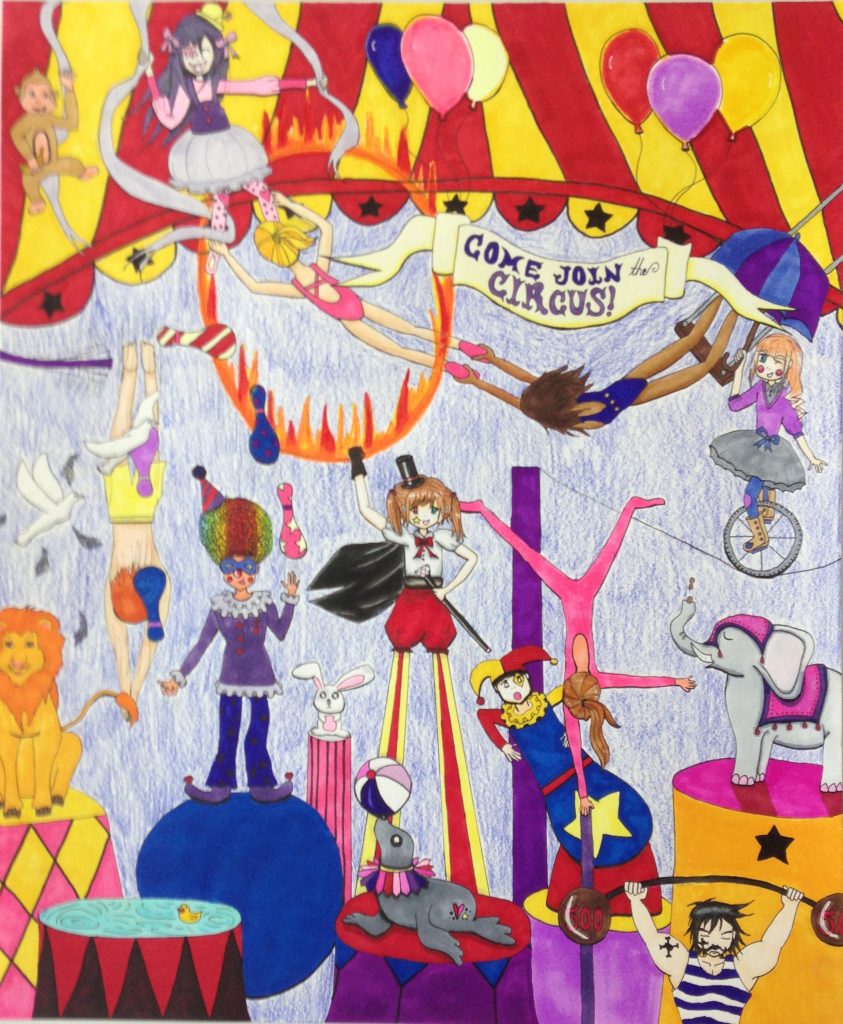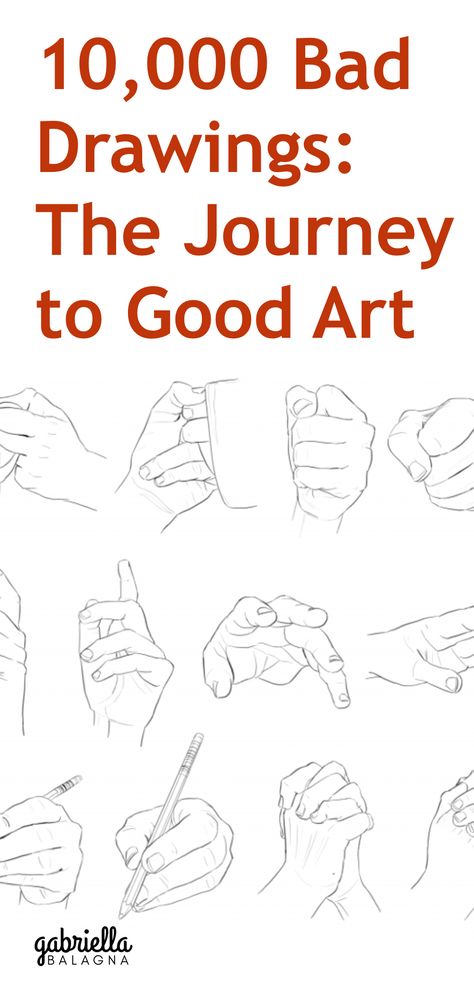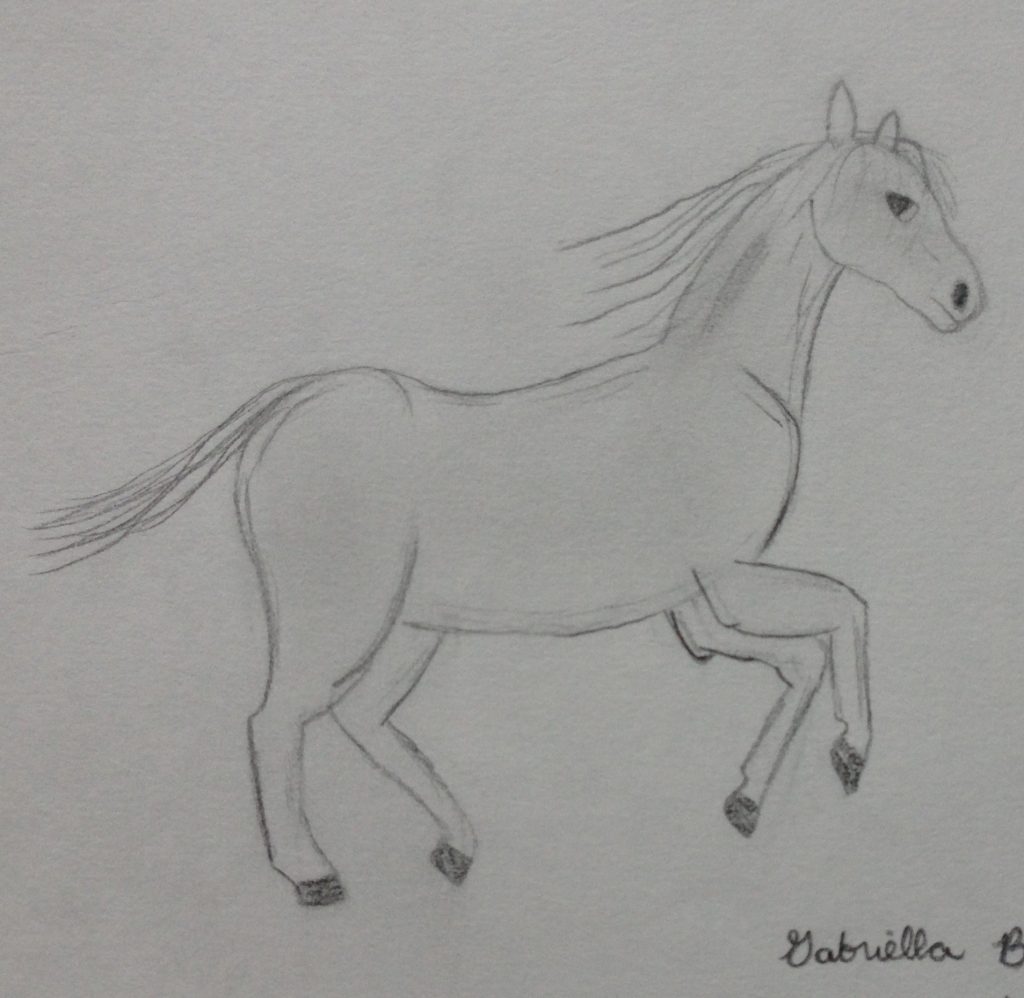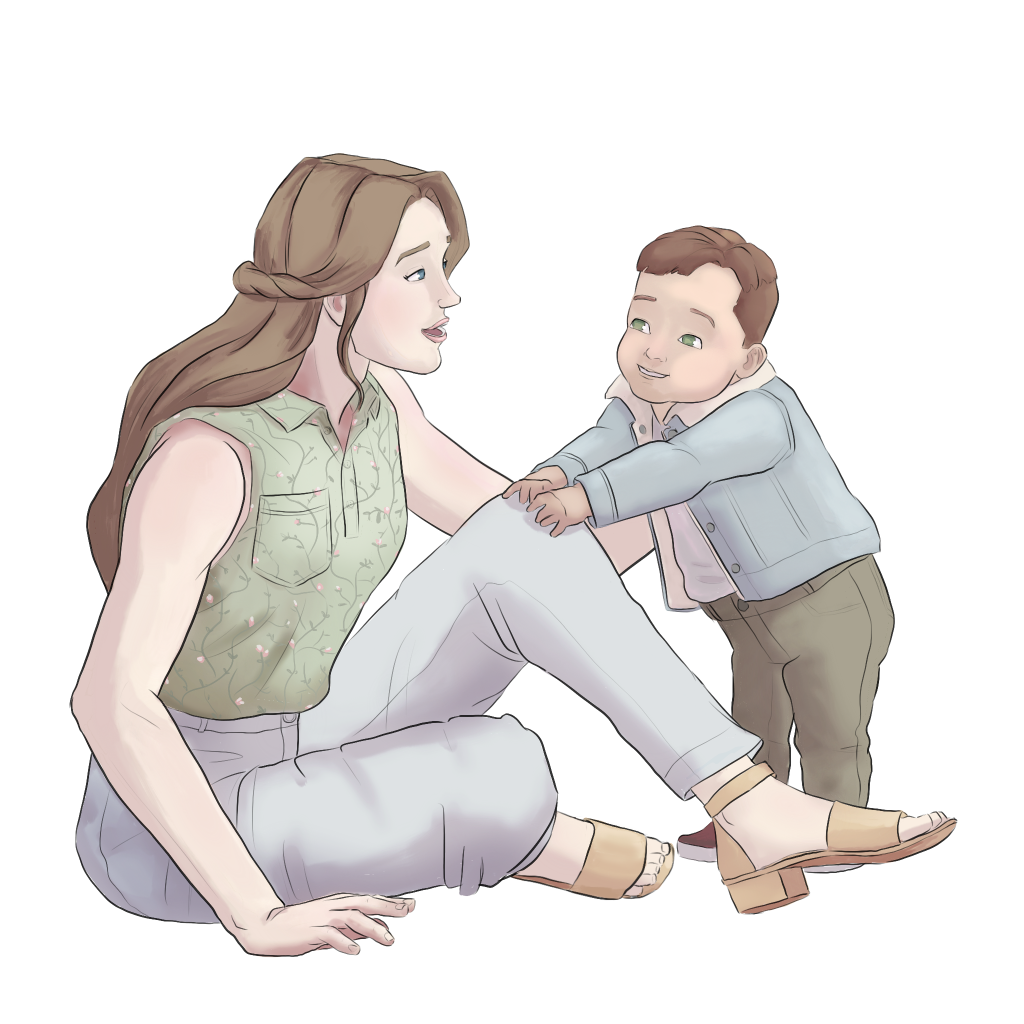10,000 Bad Drawings – The Journey to “Good” Art
10,000 bad drawings – are they necessary to become a good artist? Maybe not. But Walt Stanchfield is famously attributed to saying: “We all have 10,000 bad drawings in us. The sooner we get them out the better.” Stanchfield not only worked for Disney Studios, but mentored many famous animators there. His quote gives inspiration to many an artist.
Should artists take this advice too literally though? To find out, read on. This article explains the effectiveness of the “10,000” approaches. It also gives tips to help artists along their journey to good art. If an artist is not worried about improving their art, they should take all this advice with a grain of salt.
*Please note, the terms “good” and “bad” are subjective and meant to be taken lightly. 🙂 In this article, calling art bad is not meant to imply it is worthless. The term bad is not intended as an insult or judgement.*

Are 10,000 Bad Drawings a Requirement?
Are there really exactly 10,000 bad drawings in everyone? Of course not. There is no set number of bad drawings artists must make. However, artists often do start by making quite a lot of bad drawings. Still, artists should not just make lots of scribbles in order to “get them out.” Artists must strive for a balance between quantity and quality. Finally, 10,000 bad drawings is not a requirement to get good, but artists should still shoot to make a lot of art.
Achievability of 10,000 Drawings
Artists should not feel overwhelmed by the number 10,000 drawings. It is certainly hard to make this goal, but it is not out of reach. Making twenty drawings a week would put an artist at just over a thousand drawings at the end of a year. If an artist continues to make a thousand drawings a year, they will have 10,000 drawings in ten years.
10,000 may sound like a lot of drawings, but no one claims they must all be masterpieces. In order to achieve this number, artists can make some quick drawings as well. For example, they can quickly practice cubes, hands, skulls, eyes, props, foods, plants, thumbnails, arms, gestures, etc.
Must Artists’ First 10,000 Drawings Be Bad?
Artists’ first drawings do not have to be ugly or inaccurate. Using references, tutorials, and good books will help even beginners’ drawings be decent. A lot of their drawings might even turn out good or great. Some artists love their art right from the start. Also, some beginners become decent even after a small number of drawings. And they will probably be pretty decent long before even getting to 10,000 drawings. Also, there is no pressure for artists to make 10,000 drawings.
A lot of an artist’s first drawings might fail. And that is okay. It is normal for artists to sometimes hate their art. But rather than tearing their art down, artists should dissect its problems. Then, they can work to improve these issues in their next piece.
I am an artist with almost a decade of of experience. Below is a drawing I did around nine years ago. It is not horrible, but I personally do not like it. To me, the composition is a literal circus. The drawing was actually for a contest. Spoiler, I did not win. That is totally okay though, because this bad drawing is just one step along my journey to making better art.

How Long to Make Good Art?
There is no definitive answer to how long it takes to make good art. However, some huge number of years of practice is not a requirement of artistic success. Additionally, the term “good art” is subjective. Of course, the more time and effort artists put into their craft, the faster they will improve. Even after just one week or a year of drawing practice, artists can see great improvements. This means there is no age too old to start drawing, and no long length of time required to make good art.
Using the 10,000 Hour Rule to Improve Art
10,000 hours (no, not the Justin Bieber song,) is another token of inspiration for artists. The 10,000 hour rule became popular because of author, Malcolm Gladwell. His theory claims that 10,000 hours are necessary to master a craft. While often a target of criticism for its accuracy, the general principle is still relevant. The 10,000 hour rule implies if people spend a lot of time doing something, they will eventually get better. The rule is reminiscent of the grade school mantra, “if at first you don’t succeed, try, try again.” Artists should use these rules to improve their art. After all, artists must invest time into their craft, or there is little likelihood of improvement.
What Can Be Achieved, Even After a Short Time Period
Becoming good at art does not have to take a lifetime. Here are some art accomplishments done in a relatively short time period:
- Famous 2d animator, Glen Keane, joined Disney around age 20.
- Successful comic book artist, Trent Kaniuga, published his first comic at 16.
- YouTube sensation, “Drawing Wiff Waffles,” was already skilled at 13.
- When my first big comic is finished I will have been drawing for just 9 years. My art is still far from perfect, but it has improved a lot.
Feeling That Your Art Is Not Good
Something important to take away from the 10,000 bad drawings quote is that lots of people make bad art. Specifically, a lot of bad art. So artists should not worry about thinking their art is not good. Even professionals and top-notch artists sometimes hate their art. The reason artists often feel this way is because they are visionaries. For instance, artists know their art can be even better in the future, so they feel it is currently lacking. Also, artists may wish to already be at a higher skill level, and sometimes, they lack the patience to be there. Artists should continue their journeys and try to see the joy in art. If someone compliments their art, artists should not rebuke the comment as insincere.
The Rocky Journey to Good Art
Art is a Learned Skill
Why are beginner artists, put simply, bad at art? Well, it is the same reason toddlers are poor at counting. They are not dumb, they just lack experience. Adults can do math problems in their head because they have spent lots of time learning math. Similarly, artists can improve their art through learning. However, people that do not study will be poor at math. Likewise, if artists do not practice, they will not get much better.
All people begin pretty terrible at art. But the amount of time each person invests into honing their craft helps determine how much they will improve. That is why some people can barely draw stick figures, while others can draw hyper-realistically. See how I used practice to improve my art over the years: My Art Improvement Meme
Talent is Not a Road Block to Success
Yes, some people have a natural ability to make good drawings. And yes, some people have to study and work harder to get good. But, sparing a severe impediment, everyone can become good at drawing. Artists should not let a lack of perceivable talent stop them from pursuing art. After putting in some practice, anyone can achieve talent.
Deliberate Practice to Make Good Art
While making 10,000 drawings may help an artist improve, there are more effective ways. A good tool to use is called, deliberate practice. This type of practice is simply about intentional, purposeful learning. Deliberate practice is not drawing the same thing over and over, or simply drawing from imagination. Instead, deliberate practice is studying and actively seeking ways to improve craft.
To learn some deliberate practice methods, read, “Actual Ways to Improve Your Art – Methods and Challenges that Work.” The article covers some practice methods that will help artists improve, such as:
- learning from mistakes
- completing sketchbooks
- using reference
- drawing 100 somethings
- learning to see in 3d
- studying perspective
- understanding foreshortening
- applying 2d animation rules
- developing drawing formulas
- using just a pencil
- breaking limits

Achieving 10,000 Bad Drawings
The 10,000 bad drawings quote may be inspirational or motivational. But it is not a hard and fast rule. Artists should definitely create a lot of art, but they do not have to take the quote too literally. Additionally, artists should strive to improve their art using effective methods. Here are some resources to help:
You Do Not Need to Draw Everyday – You Just Need to Draw a Lot








Discussion (2) ¬